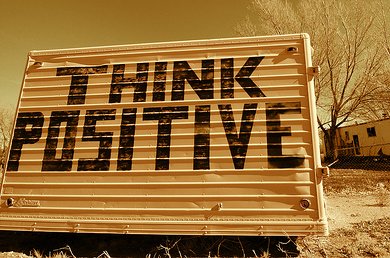Daytime naps are an integral component in a toddler’s development. Their brains are constantly stimulated as they act as sponges soaking in all of the information around them, and therefore need to nap to allow the brain to process the new data.
Doesn’t this also sound like a typical day in your life?
Most professionals are stimulating their brain from the moment they open their eyes right through the day until they return home. This stimulation includes watching/reading the news, commuting/driving to work, completing your daily tasks, and heading home from work.
Employers are required to give their employees sufficient time for “breaks” to either refuel with caffeine or nourish themselves with a hearty lunch; however this break time does not necessarily provide any rest.
Rest comes in the form of sleep and relaxation, and cannot be achieved by sitting in a loud food court eating a plate of Chinese food. By taking a nap in the middle of the workday, employees will experience an improved mood, performance, safety and productivity.
This is precisely why so many corporations are now providing their employees with designated “nap” or “rejuvenation” rooms to assist employees in maintaining alertness and reduced stress levels on the job.
This “nap room” phenomenon became incredibly popular in the USA, within companies such as Google, Nike, Pizza Hut, Procter & Gamble, and the Huffington Post.
There is also buzz spreading north of the border with Canadian companies, like Hootsuite, Intuit Canada and Vancouver’s St. Paul’s Hospital, joining the ranks of companies who provide various services for employees on site – including nap rooms.
For companies who don’t have the square-footage to spare, there are napping salons that are slowly popping up to allow companies to outsource their napping as part of their benefits package.
Employee wellness is a hot topic in the modern workplace, which triggered the introduction of massage therapy into employer-provided benefits packages after identifying the health problems associated with sitting at a desk for at least seven hours a day.
The modern workplace also reflects the competition of the job market and employees are generally clocking more hours and getting less sleep – which can lead to high stress levels and medical conditions such as heart disease.
Short periods of sleep (in the form of naps) are proven to improve alertness, memory, motor skills, decision-making and mood, and are therefore the solution that employers are turning to.
Here at Resume Target, we got curious about just how popular naps rooms would be if they were introduced at all workplaces. We polled professionals on LinkedIn to ask them if they thought companies should offer employees nap rooms to boost productivity.
The Results:
- 58% voted “definitely”
- 35% voted “no”
- 13% voted “undecided”
So the popularity of nap rooms isn’t overwhelming just yet, but we’ll admit that we do encourage power napping here at Resume Target headquarters in Toronto. Sometimes a quick snooze is exactly what you need to tackle the next project with the right energy, efficiency, and effectiveness to get it done right.
Get job search ready fast
Open new career opportunities with our professional resume writing services.





















